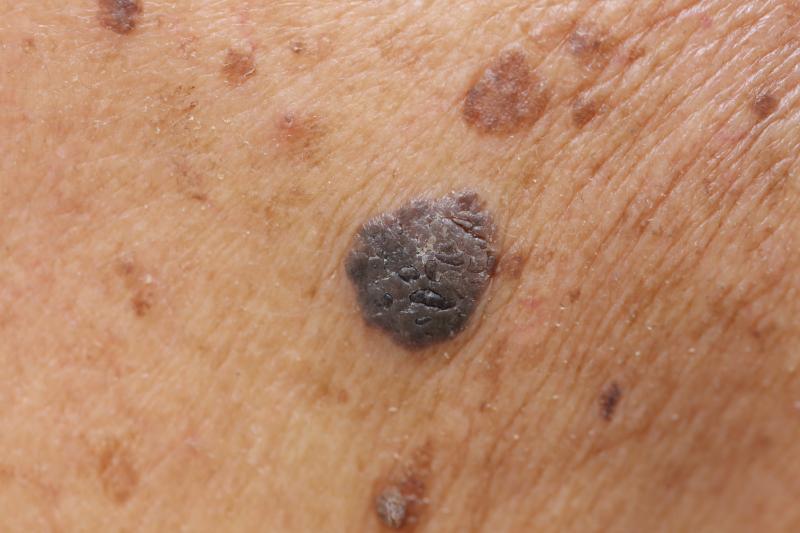
A recent study recommends the real-life practice of reflectance confocal microscopy (RCM) to allow less invasive diagnostic procedures for patients.
A team of investigators conducted this multicentre, prospective study in 10 university dermatology departments in France to provide an overview of RCM practice in real life. They enrolled a total of 410 patients, of whom nearly half (48 percent) were referred by private practice dermatologists.
Of the participants, 84.9 percent were referred for diagnosis and 13 percent for presurgical mapping. Lesions found during diagnosis were mostly situated on the face (62 percent), followed by arms and legs (14.9 percent) and the trunk (13.6 percent). Presurgical mapping was done almost exclusively on the face (90.9 percent).
The main reason for patients referred for diagnosis was suspicion of a skin tumour (92.8 percent). Half of these (50.6 percent) were spared biopsies following RCM. When RCM indicated surgery, histology revealed malignant lesions in majority of the cases (72.7 percent). Additionally, a high correlation was seen between RCM and histopathology (correlation rate, 82.76 percent; kappa coefficient, 0.73).
“This study shows that in real life, RCM can be integrated into the workflow of a public-private network, which enables a less invasive diagnostic procedure for patients,” the investigators said.
One limitation of this study was its being conducted in the setting of French tertiary referral hospitals.